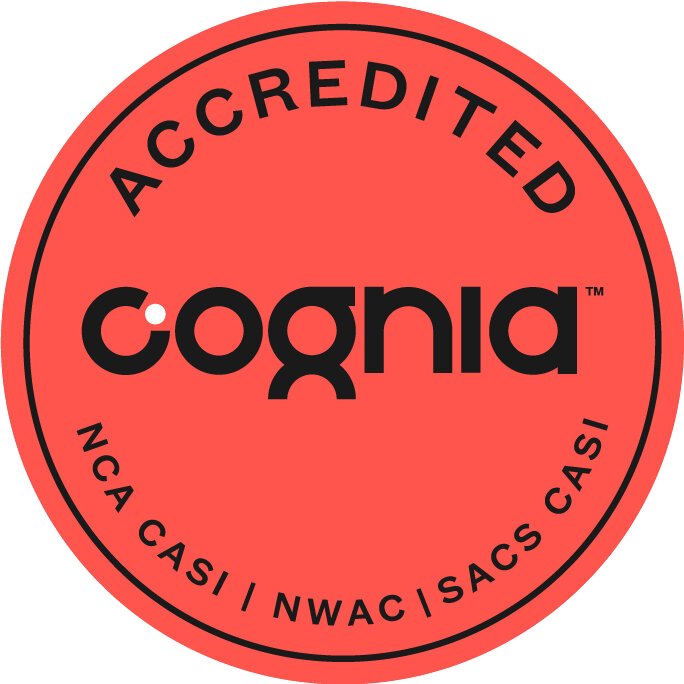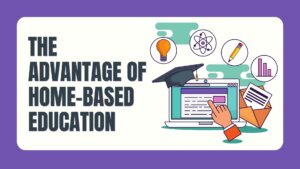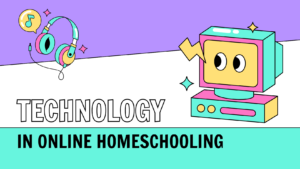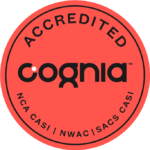Schools closed as a measure of prevention and to avoid the high risk of infection in classrooms, sending children around the world to study online. This sudden change opened the door to an unlimited number of needs that have been covered by a trial and error method, making adaptations and finding new points of view to the educational system. A system that needed a 180º turn in the opposite direction, towards more dynamic and efficient learning to prepare students for future challenges.

Many o the children were not prepared to work independently from home. Some of them did not even have the equipment or network required to connect for several hours. Due to homeschooling, students had to make some changes in the way to look at contents, answer exercises, and how to keep concentrated at work. However, technology has caught children’s and teenagers’ attention. Even so, that little by little, they have found innovative ways to work, discover creative spaces to develop their skills, diversify tasks to reach goals in a team effort, use new applications and tools to finish their assignments.
To reach the goals of online interactive education and without even noticing, students have needed to perform a more active role in their learning process and leave behind the passive role where the teacher was the only source of knowledge. Online classes grant them access to a variety of sources, and they can develop critical thinking skills to discriminate information, they can work in teams to share the tasks and achieve a better project. Moreover, they can come up with different alternatives for the same problem, making a decision, and moving forward.
Schools and teachers needed to adapt programs, contents, and lesson plans as well. To captivate the students’ minds in a virtual classroom, teachers don’t have to work more, but better. Teachers must create learning contexts where students can decide, build, think, discriminate, perform different functions, design, and discover more than one correct answer.
Unfortunately, not all schools, teachers, or even students have access to the right technology or connection for an online class. Private and public schools must have a clear picture by now, and try to make a more permanent change in the use of technology, methodology, and the current programs. It would be absurd not to take advantage of the space and opportunities that online education has brought during this pandemic, not only to schools but also to the development of the students.
If we remember that crisis represents opportunity, we can consider that the pandemic was a watershed in education, taking private and public schools to a new stage. Governments should start calculating that going back to the same methodologies will be a waste of time, not to mention that it would become unreal. They could find a better use of their budget, providing computers, tablets, open internet, or other tools to students and teachers to overcome the present lack of devices, especially in public education. It will also be more productive to move on to new learning approaches, as blended learning or synchronous online classes. These methods allow students to take one part of their courses or all of them online. In the present situation, we don’t even know if going back to the classroom will be safe. Consequently, online classes look more and more appealing to preserve schools and students from the danger of this or any other virus in the future.
After all, how could we lock up now those minds to a single concept, one right answer, a uniform structure for everybody, and the everyday dimension of a notebook and boring repetition? Virtual interactive education is the answer we have been looking for to change the old and obsolete strategies used until now, which prepare professionals for the XXI century with XIX century tools.






